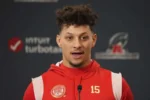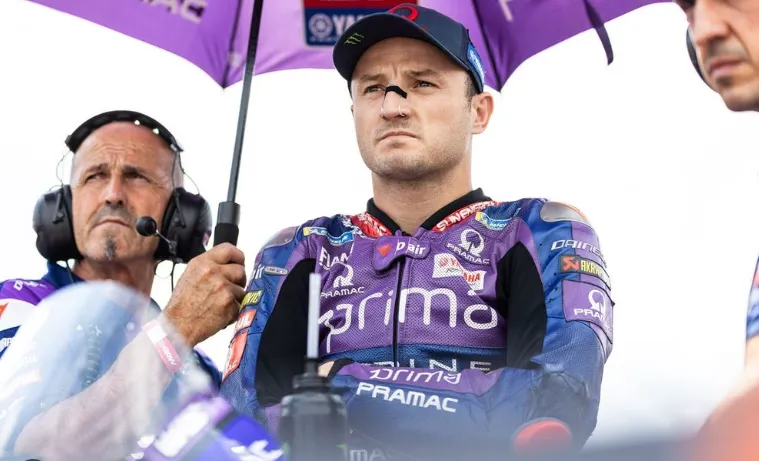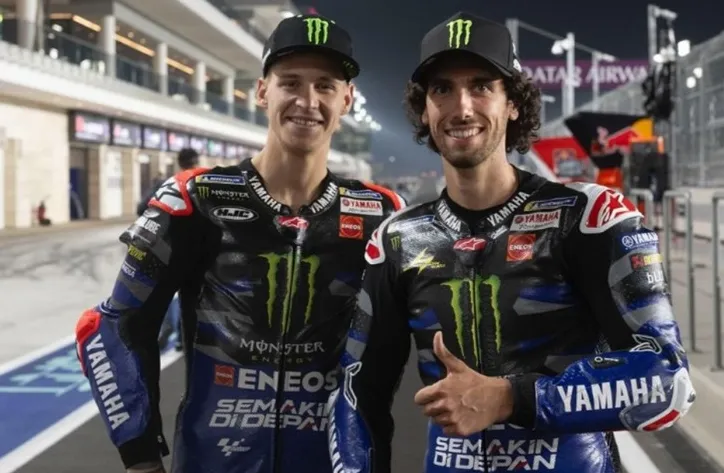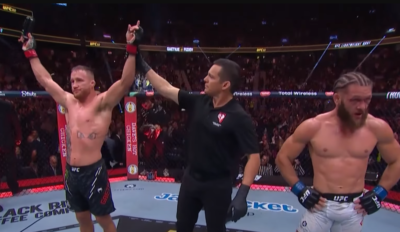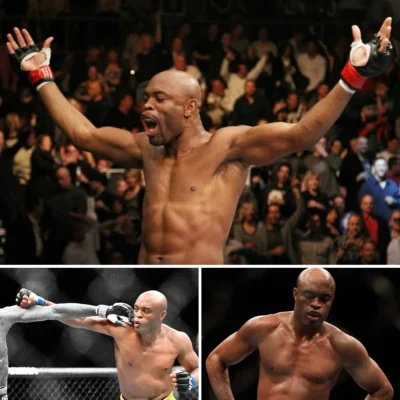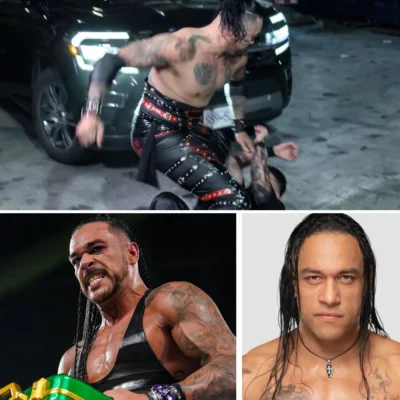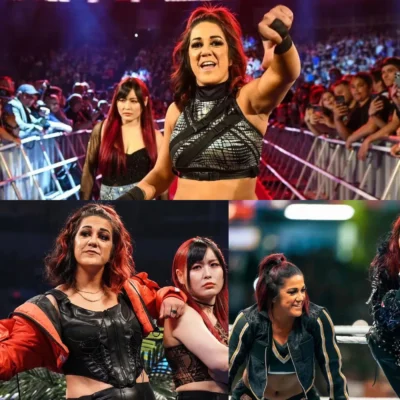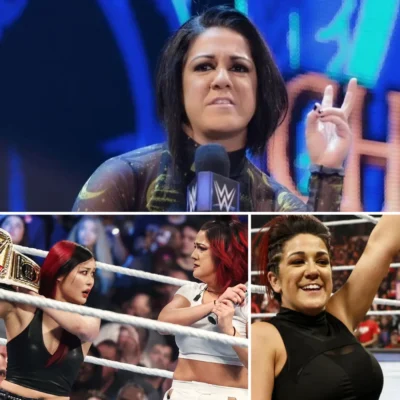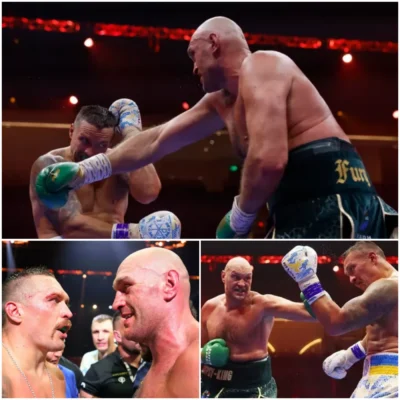

Miguel Oliveira Speaks Out: ‘Super Rare’ Injury Paralyzing Career at Pramac Yamaha?
The 2025 MotoGP season was supposed to be a fresh chapter for Miguel Oliveira, who joined Pramac Yamaha in hopes of a powerful resurgence. But instead of rewriting his racing narrative, the Portuguese rider is watching from the sidelines due to what he describes as a “super rare” injury. It’s an issue that not only forced him to miss three consecutive grands prix but also put a serious question mark over his return timeline—particularly for the Spanish Grand Prix in Jerez.
Oliveira’s injury occurred in a dramatic crash during the Argentina Sprint Race, caused by MotoGP newcomer Fermin Aldeguer. Though the initial diagnosis ruled out severe bone damage, Oliveira later learned he was dealing with something far more complex: a dislocated sternoclavicular joint—where the sternum meets the clavicle—along with a completely torn ligament. This has made his road to recovery incredibly unpredictable, emotionally draining, and physically paralyzing for his ambitions.
Pramac Yamaha struggles and Oliveira’s crash
Joining Pramac Yamaha was meant to be a rebirth for Oliveira, an opportunity to align with a competitive bike and prove he belongs among the elite. But so far, he’s missed the chance to adapt to the Yamaha M1—time that he critically needed. Following the Sprint Race incident, Oliveira was quickly checked by medical personnel and taken to a local hospital. The initial impressions were somewhat hopeful, indicating that he may have escaped without a major injury, such as a fractured collarbone.
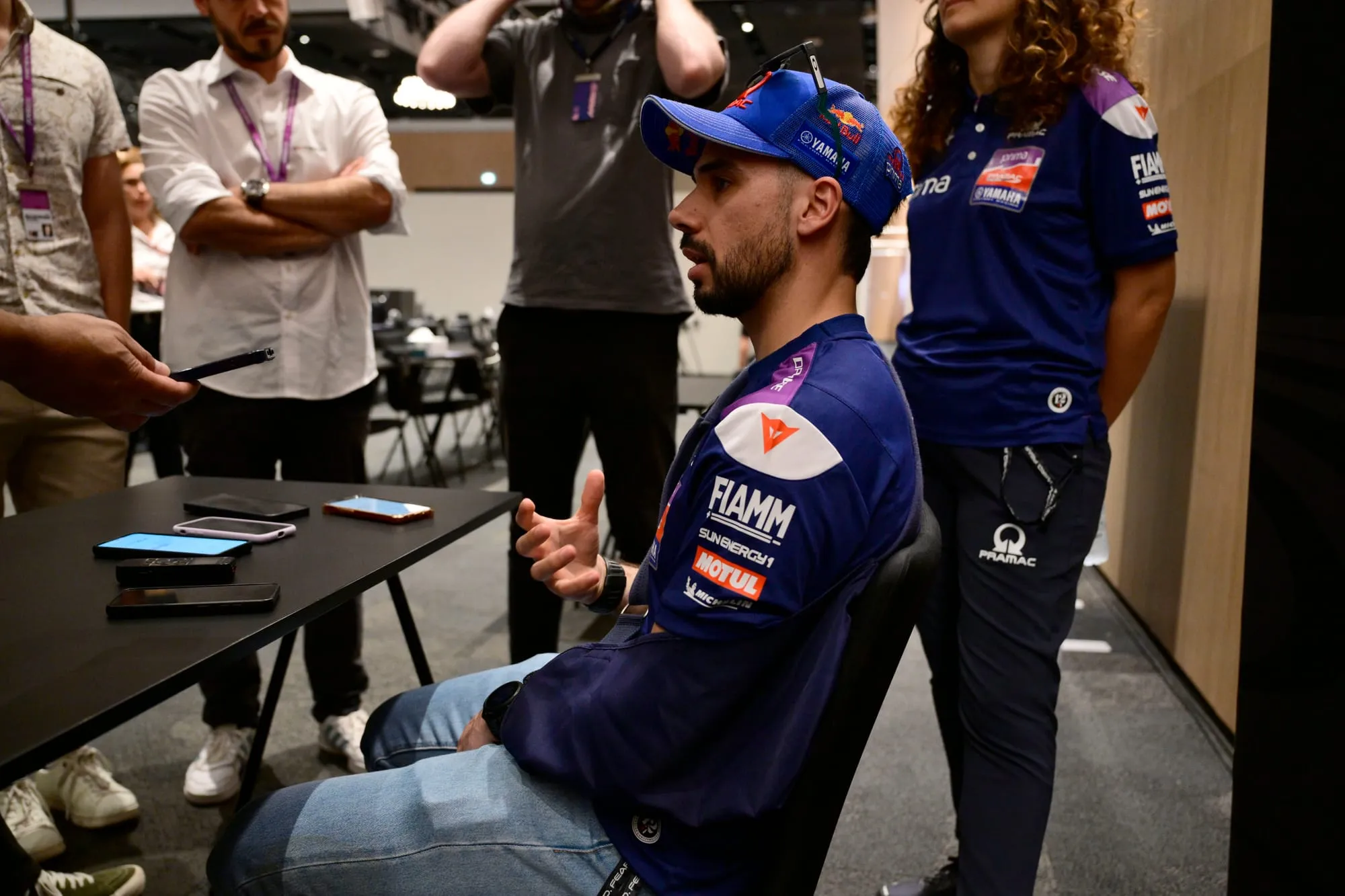
However, Oliveira’s intuition told him otherwise.
“I felt something wasn’t right,” he said in a revealing statement. “The pain was alarming—it didn’t feel like a regular fracture. I was expecting the worst, but it wasn’t obvious on the scans.”
That concern proved valid. A few hours later, while being treated by a nurse who inadvertently pulled at the skin of his right arm, Oliveira felt a ‘click’ in his clavicle. What initially felt like a fresh break turned out to be a rare dislocation realigning itself temporarily. This odd experience would ultimately prompt deeper medical analysis—an MRI that confirmed the joint dislocation and full ligament tear.
Miguel Oliveira rare dislocation and ligament tear
The sternoclavicular dislocation is among the rarest injuries a MotoGP rider can sustain. It’s not typically seen in the sport and is often associated with heavy blunt trauma, making it especially dangerous due to its proximity to vital arteries and organs.
“This injury is way more serious than I initially believed,” Oliveira said. “It’s not common at all. I thought I had just broken my collarbone. That would’ve been manageable—fixed in three weeks. But this… this is entirely different.”
The true risk of the injury lies in its potential complications. The dislocation, if not handled precisely, can impair movement or cause long-term structural issues in the chest and shoulder. The accompanying ligament tear compounds the challenge, making Oliveira’s rehabilitation far more complex than a simple fracture recovery.
And so, what was initially hoped to be a brief medical setback has become a prolonged period of uncertainty. Oliveira has now missed 12 grand prix events since the beginning of 2023—and that number is still climbing.
Oliveira’s emotional toll and MRI confirmations
The emotional strain is just as intense as the physical. For a competitor like Oliveira, who thrives on rhythm, speed, and progress, being sidelined by an invisible injury is particularly frustrating.
He explained how the odd nature of the injury complicated early diagnosis. “When the scans came back negative, I was confused. I heard a crack, I felt intense pain. How could everything be ‘normal’? It wasn’t until the MRI that we confirmed the dislocation and the torn tendon.”
This delay in understanding the true nature of the injury added to Oliveira’s mental stress. To make matters worse, the only thing keeping the joint somewhat stable was a basic sling provided at the Argentina medical center. After a 30-hour journey home, further medical imaging confirmed the extent of the damage.
“I’ve had to immobilize the arm for three weeks,” he said. “Now the pain is mostly gone, but my shoulder feels frozen. It’s not from the original injury, but from being inactive for so long.”
Miguel Oliveira recovery timeline and Jerez Grand Prix
Oliveira was originally told that recovery would take approximately two months—a projection he found “hard to accept.” With the Spanish Grand Prix at Jerez looming, there was cautious optimism that he might return early, but even he admits the timeline is highly speculative.
“There’s no rushing this,” he stated. “You can’t fast-track tendon regeneration. Less is more at this point.”
Still, there is a glimmer of hope. Oliveira revealed he will undergo another MRI on Monday before the Jerez race week. That scan will help determine if the tendon is healing and whether it’s safe for him to attempt more complex movements—particularly raising his arm above 90 degrees, which involves both the scapula and clavicle in high-stress situations like braking and cornering.
“If that goes well, I’ll start gym training again,” Oliveira said. “And during the week at Jerez, we’ll make a firm decision.”
But he remains realistic.
“I want to be on the bike tomorrow. I truly do. But I know that’s not practical. I have to respect the body. I have to be 100% ready, not just pain-free.”
Pramac Yamaha’s loss and Oliveira’s motivation
Oliveira’s absence has been a blow to Pramac Yamaha’s campaign in 2025. As the team continues to test and fine-tune the M1’s performance, his feedback and development skills are sorely missed. And for Oliveira, it’s not just about physical recovery—it’s about not losing touch with the bike, the team, and the competitive rhythm.
“I’m missing crucial laps, critical feedback opportunities,” he admitted. “It’s frustrating, but I can’t jeopardize my long-term health to chase a short-term return.”
Still, Oliveira has remained visible in the paddock. During the Formula 1 Qatar Grand Prix at Lusail, he appeared with his arm in a sling and spoke openly with media, showing signs of improved morale.
He emphasized that despite the setbacks, his motivation remains intact.
“I’m healing well. The main pain is gone. Now, it’s about mobility and strength. I’m not giving up.”
MotoGP injury culture and long-term consequences
Oliveira’s story highlights the harsh reality of injuries in MotoGP. The sport demands near-superhuman reflexes, physical endurance, and bravery. But when an injury is as rare and complex as a sternoclavicular dislocation, there’s no playbook for recovery. Riders are often left navigating a lonely road—physically isolated from the paddock and mentally burdened by the uncertainty of their return.
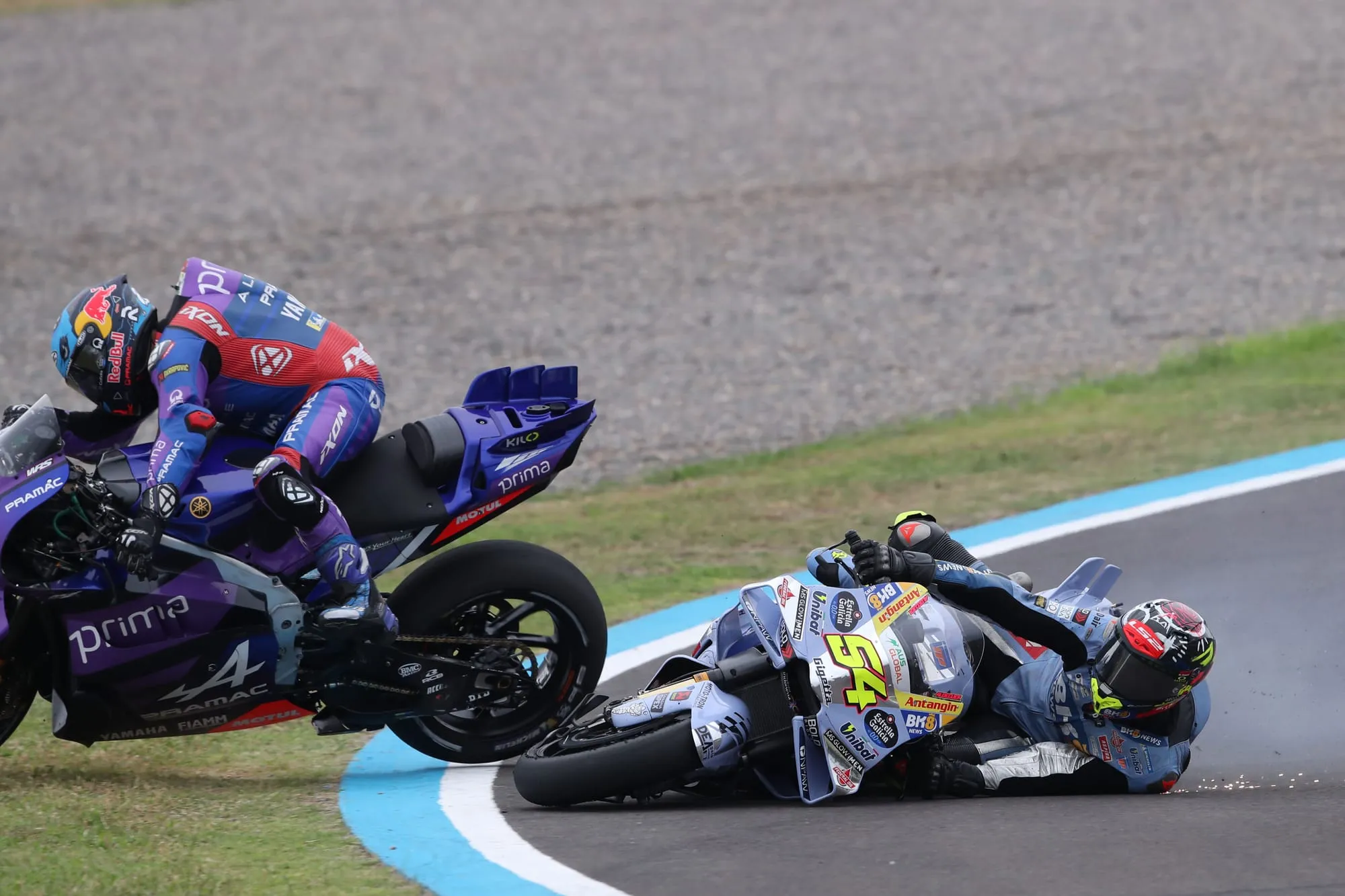
Unlike broken bones that follow a fairly predictable healing path, ligament damage and joint dislocations don’t offer the same clarity. There’s always the risk of reinjury, scar tissue build-up, and long-term instability.
Oliveira is aware of all this, and it’s clear from his statements that he’s thinking about the long game.
“I’m not trying to be a hero here. I want to return when I can ride naturally—not compensating, not protecting the arm. That’s the only way I’ll be competitive again.”
Outlook for Oliveira and 2025 MotoGP season
Whether Oliveira returns at Jerez or not, it’s evident that his comeback will be measured and mindful. There’s no urgency from the team to force a premature return, and Oliveira himself is embracing a patient approach—perhaps for the first time in his career.
If he does return at Jerez, the expectations will be tempered. He’ll likely need a few rounds to regain confidence, physical sharpness, and synergy with the M1. But one thing is certain: Oliveira isn’t done. He’s not broken—just paused.
“I believe in myself,” he said in closing. “I know how to fight back. And when I do return, I’ll be stronger. Not just physically, but mentally too.”
For now, the MotoGP world waits. And while Miguel Oliveira’s injury may be rare, his resilience is anything but.




